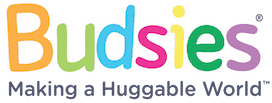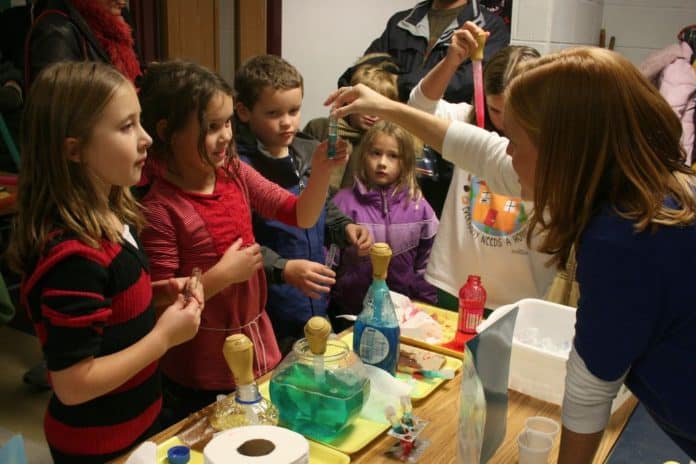We are a professional blog site that may receive compensation or free samples from the companies whose products and topics we write about. We are independently owned, and the opinions expressed here are of the writer. To read the full disclosure click here.
______________________________
If you’re looking for something exciting to teach your kids about science, try one of our home science experiments. You can have your kids engaged and entertained with just a few everyday household items (no science degree necessary!).
Here are the fun experiments for kids at home.
-
Indoor Lightning and a Hover Plate
Do you have a spoon and a balloon handy? Then you’re ready to create homemade lightning. Have your child blow up the balloon and rub it on their head for at least 2–3 minutes. Then slowly move the spoon to the outside of the balloon. The static electricity will create a “lightning” effect that’s exciting but completely harmless. For more dramatic results, turn off the light before making contact between spoon and balloon.
If you don’t have a balloon, check your drawers for two styrofoam plates and a cloth to create a hover plate charged with static electricity. Have your child rub a cloth on the back of one of the plates (to charge it with static electricity) and place it upside down on the table. Then have your child lightly hold the second plate above the charged styrofoam plate. They will feel an incredible amount of resistance. Have them try to place the second plate on top of the charged plate, the top plate will jump off! Kids will love this charged experiment.
-
Rocket Blast Off
Send a rocket into the sky with nothing more than water and Alka-Seltzer tablets. The traditional version mixes the ingredients in a film canister, but any plastic container with a snap-open top will work. Simply fill a two-liter soda bottle with water, drop in a couple of Alka-Seltzer tablets, and let chemistry do the rest. Stand back to ensure that the rocket doesn’t launch up your nose!
-
Optical Inversion
Keep your kids occupied while learning about light-bending! All you need is water, a glass or jar, and a few pieces of paper. Make sure the paper is small, smaller than the width and height of the glass. Have your kids draw pictures on the paper (the more pictures, the more experiments they can try!). Then place the glass about 6 inches in front of one of the drawings (you can stand up the drawing against a wall or a book). Pour in the water as your kids watch the drawing flip around and magnify!
It’s liquid magic 😉
-
Dye Your Plants
If you have any white flowers around the garden, pluck a few and bring them inside for a laboratory experiment. Since plants can take on the properties of the water that they “drink,” you can actually dye them different colors by putting food coloring in a glass of water. Your child will learn about chemistry, botany and fluid dynamics all at once. This can also be done with celery!
-
Create Invisible Ink
Have your child write a message on plain white paper with a paintbrush dipped in lemon juice. After it dries, hold the paper up to a heat source like a lighter or clothes iron. Since lemon juice is acidic, it weakens parts of the paper so that they burn or turn brown before the rest of the paper does. Your child’s white words will suddenly turn brown. Their secret message will be revealed, and their lesson in oxidization will commence!
If your kids want the message to be super-secret or to create their own secret code, combine the invisible ink experiment with the optical illusion. Have your kids write the message backward and after the lemon juice dries and heat is applied, they will have to read it behind a water glass to see the hidden message.
These are just a few fun experiments for kids at home for all ages. Who knows? They might work on lightning today and cancer research a few years from now!





